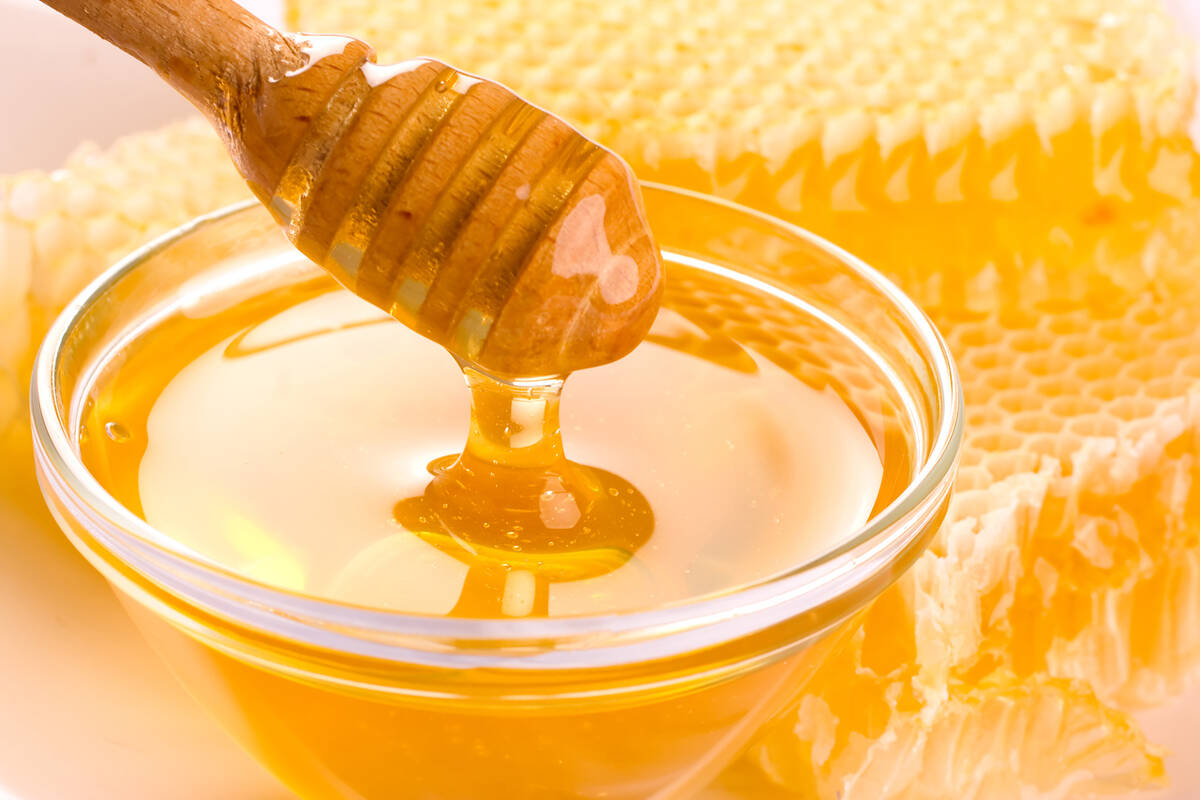Does using honey, molasses as sweeteners offer health benefits?
When my son-in-law hinted that he was out of my granola and it was “the only thing that tasted good” when he was sick, I knew it was time to make another batch.
Then I received this letter from Al W.: “I sure enjoy your columns on food and nutrition. I would like for you to write sometime about the nutritional value of honey vs. molasses.”
Happy to, Al, since I use molasses and honey in my granola. Both are considered “added sugars” by nutrition experts. Yet each has some redeeming value when consumed in moderation.
According to the U.S. Department of Agriculture Food Data Central, 1 tablespoon of molasses has about 60 calories and 15 grams of carbohydrates (in the form of sugar). The main type of sugar in molasses is sucrose (aka table sugar).
And that’s not surprising as molasses is a byproduct of the sugar-making process. After sugar crystals are extracted from the juice of sugarcane or sugar beets, the thick brown liquid left over is molasses.
The longer this liquid is boiled, the more concentrated it gets. Thus the terms light, dark or blackstrap molasses, the thickest and darkest of the three. Blackstrap molasses is also a more concentrated source of nutrients.
Depending on which type you choose, molasses is a surprisingly decent source of several nutrients, including calcium, iron and magnesium with smaller amounts of zinc and selenium.
Honey is made from … honey. It’s a recipe made by bees, flowers and Mother Nature, according to the honey growers at the National Honey Board. Honey is similar in calories and carbs to molasses, but its composition is somewhat different. While molasses is primarily sucrose, honey’s main sugar is fructose.
The significance of this is that fructose is absorbed more slowly into the bloodstream. Honey is also sweeter than other types of sugar, so we can use a smaller amount for the same sweet taste.
Honey has been studied for a host of health benefits, including use in treating wounds. Honey also contains antioxidant compounds that show promise in fighting various diseases, according to a 2021 review published in the journal Antioxidants.
I was happy to learn that my hot tea with honey when I’m sick is a good thing. In fact, it’s recommended as an alternative cough suppressant by the American Academy of Pediatrics and the World Health Organization.
One warning: Do not introduce honey to a child under the age of 12 months because of an increased risk for infant botulism. Honey is safe for anyone 1 and older.
Barbara Intermill is a registered dietitian nutritionist and syndicated columnist. Email her at barbara@quinnessentialnutrition.com.


















